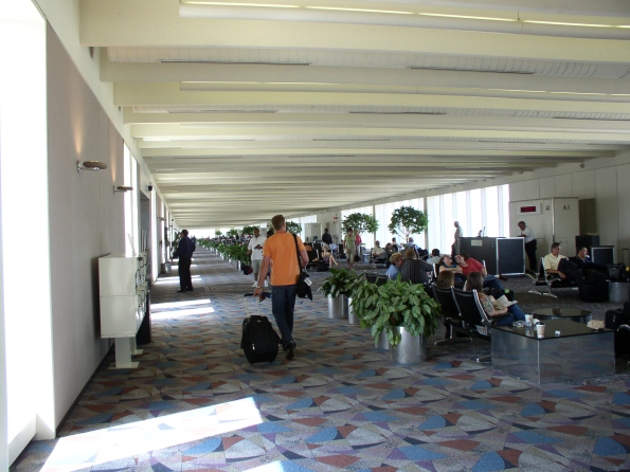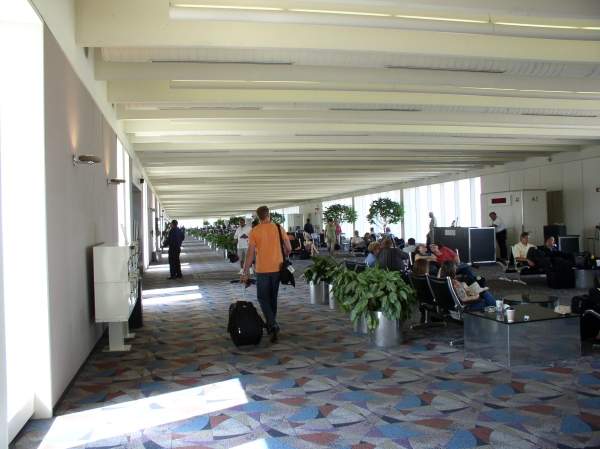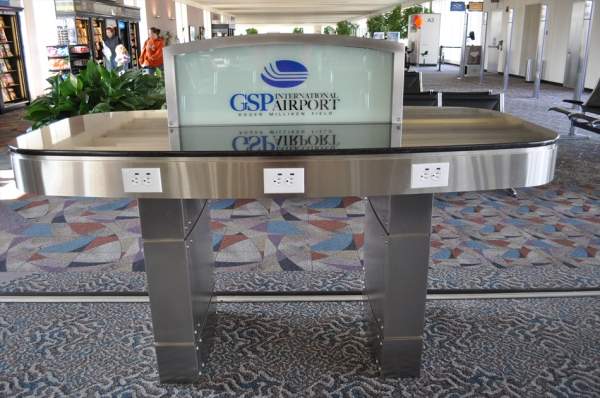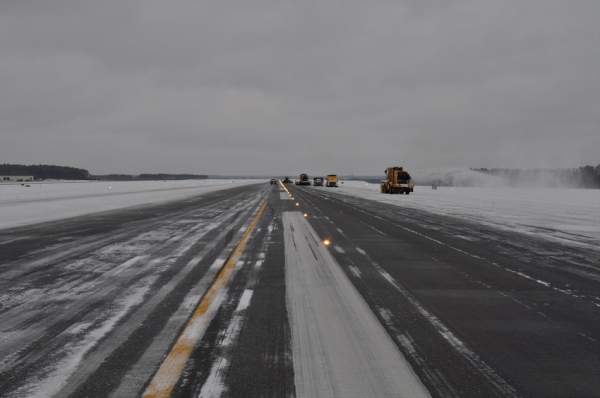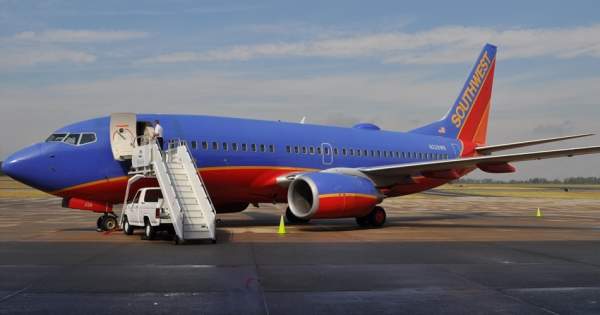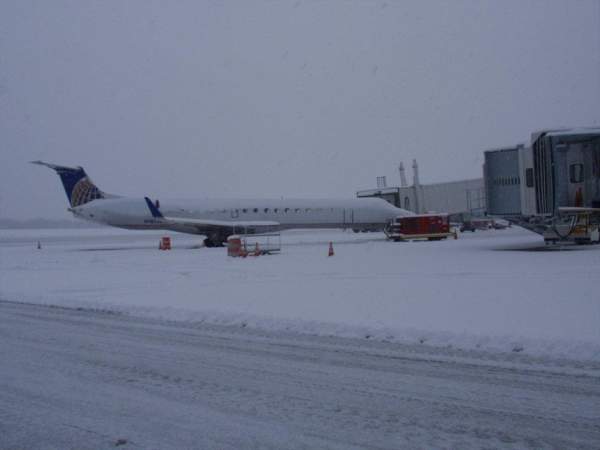Greenville-Spartanburg (GSP) International Airport is located in South Carolina, US. The airport’s name was derived from the state counties Greenville and Spartanburg. It is located 12 miles (19.31km) downtown of Greenville and 15 miles (24.14km) from Spartanburg.
Proposals to build the airport were made in 1958. They were approved and followed by the ground-breaking ceremony in July 1961. The airport was officially opened in October 1962.
No other non-military airport other than the GSP had a centre line runway lighting system at that time.
The airport is served by 21 airlines and connects to 18 cities across the US. It handled two million passengers in 2016. The cargo traffic in 2016 experienced an annual increase of 0.6%.
Master plan for Greenville-Spartanburg airport
The LPA Group prepared the airport master plan, named Horizon Plan, in 1991. It was updated in 1997 and 2003 by Bechtel Corporation.
The updated master plan envisages two parallel runways and a number of improvements to passenger, general aviation, and cargo and support facilities.
Expansion of the GSP International Airport
Expansion and renovation of the passenger terminal at the airport was completed in May 2017 to improve the passenger flow and meet the raised security and processing standards of the US Transportation Security Administration.
The terminal was earlier expanded in 1989 to increase the passenger waiting area by 140,000ft2.
New boarding bridges were added and the number of gates was increased to 13. New lounge and dining facilities were also added.
Approximately 13,000ft² of the expanded space was opened only in 2001 when the airlines at the airport increased significantly. The boarding bridges were increased to 11 in 2004.
The leaking roof on concourses A and B was replaced in 2007. The public restrooms in the terminal were also refurbished in 2007.
Contractors involved in the terminal expansion project
The terminal expansion and renovation was contracted to a joint venture (JV) of Skanska USA and Moss & Associates in October 2011.
The airport has one passenger terminal, two air cargo terminals and one general aviation terminal. A number of other general aviation facilities are also present.
The passenger terminal is built over more than 226,000ft2 of space. It has two concourses, A and B. Passenger facilities at the terminal include 24-hour ATMs, two conference rooms, customer service counter, workstations with internet and wireless internet access, a full service restaurant, snack bars and a gift shop.
Two prototype electronic device charging stations were added to concourse A in March 2011. Passengers can charge their electronic devices such as laptops, iPods, cellphones and tablets at these charging stations. Five charging stations are planned to be built throughout the terminal upon testing the utilisation of the prototypes. The charging stations were designed by RS&H, and constructed by SYS Constructors and Satterfield Woodworking.
Opened in 2010, the airport’s General Aviation Terminal offers aircraft management, maintenance, sales and charter services. It has four hangars for storage and maintenance. The building achieved a LEED GOLD certification from the US Green Building Council in November 2010.
The building uses 38% less energy in comparison to other conventional terminals and uses 75.2% less water. It has a solar water heating system to heat water and uses variable refrigerant flow technology for more efficient heating and cooling. Multiple glass panels minimise daytime use of electrical lighting.
Screening / security / explosion detection systems
A federal passenger inspection facility is situated under the south concourse and another inspection facility on the north cargo ramp.
The passenger inspection facility can handle 250 passengers an hour, while another inspects international cargo and corporate aircraft. All baggage is checked for explosives before loading onto departing aircraft. The explosive detection equipment was installed in 2002. CT-80 explosive detection machines were installed in 2010.
A Security Access Control system was installed at the airport in 2009 to monitor and control the movement of employees between secured and non-secured areas.
Gates at the Greenville-Spartanburg International Airport
The passenger terminal has a total of 13 departure gates. The passenger concourse A has nine gates (A1 to A9) while concourse B has four gates (B1 to B4). The airport has a single runway (4L/22R), measuring 11,001ft in length and 150ft in width. The runway was 7,600ft-long when the airport was constructed. It was extended to 9,000ft in 1995 and to 11,001ft in 1999.
A second, 8,200ft-long parallel runway is being planned for future construction.
Air traffic control (ATC) tower details
The ATC tower is located to the north of concourse B. An additional ATC tower is to be built as the existing one is only adequate for a single runway.
Fixed-base operator Stevens Aviation provides general aviation services for airports. The maintenance facility offers 100LL and Jet-A fuels, as well as maintenance services for turboprop and piston aircraft services.
The airport has 4,840 parking spaces across four designated areas. Two parking garages are located right in front of the terminal while daily parking is located to the right of the terminal. A short-term open-lot is located near the terminal. Long-term parking is located off Interstate 85.
Ampco System Parking manages all parking areas. The Airport Commission is reconfiguring parking garage A to provide more spaces for rental car agencies.
Atchison Transportation has been officially providing ground transportation services at the airport since August 2007. It offers both taxi and limousine services.
Rental car services are provided by Alamo / National Car Rental, Avis Rent-A-Car, Budget Rent-A-Car, Enterprise Rent-A-Car and Hertz Corporation.
The airport is well connected to roadways. It is located on the Interstate Highway I-95. Another highway, I-85, is also proximate to the airport.

